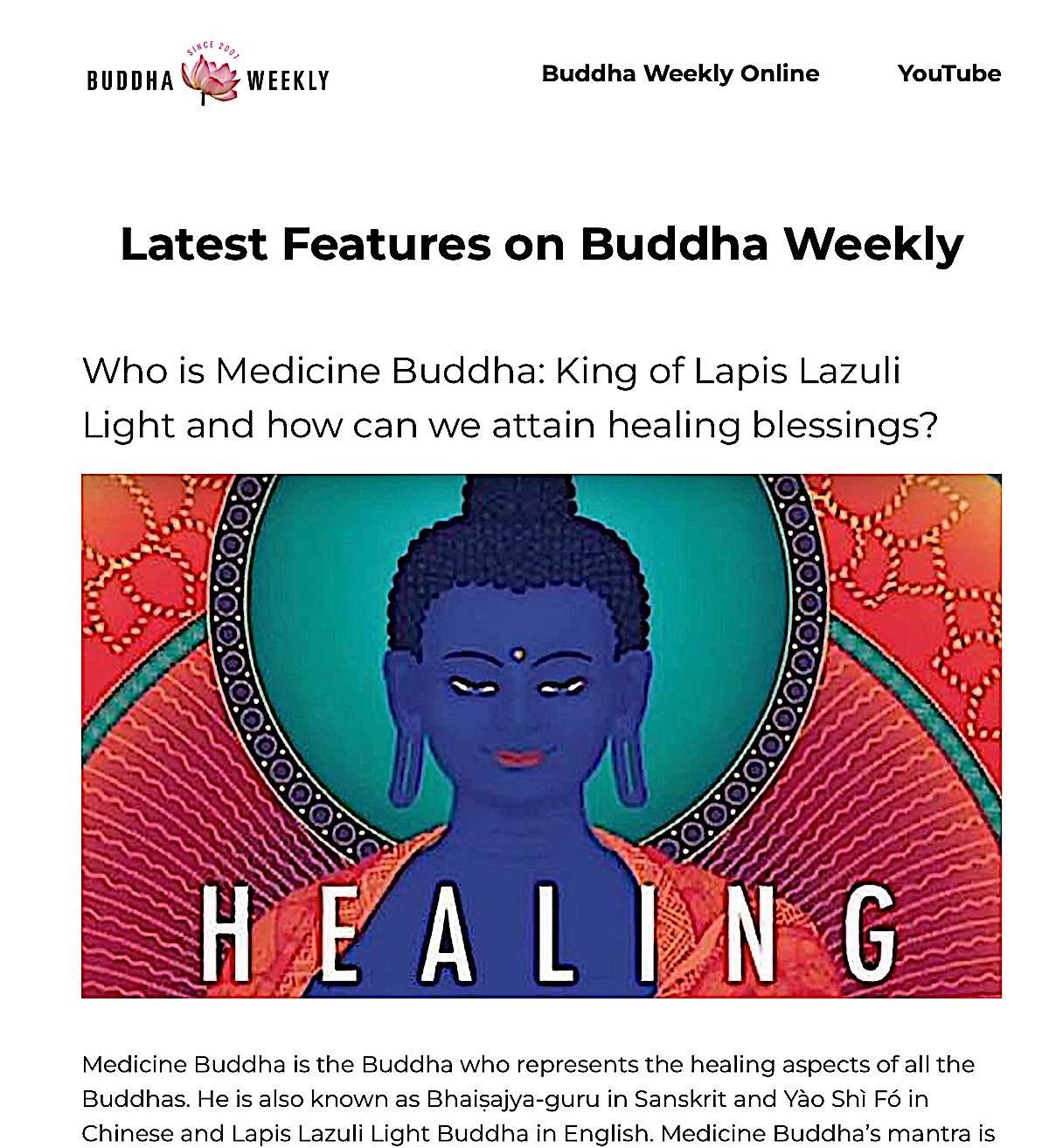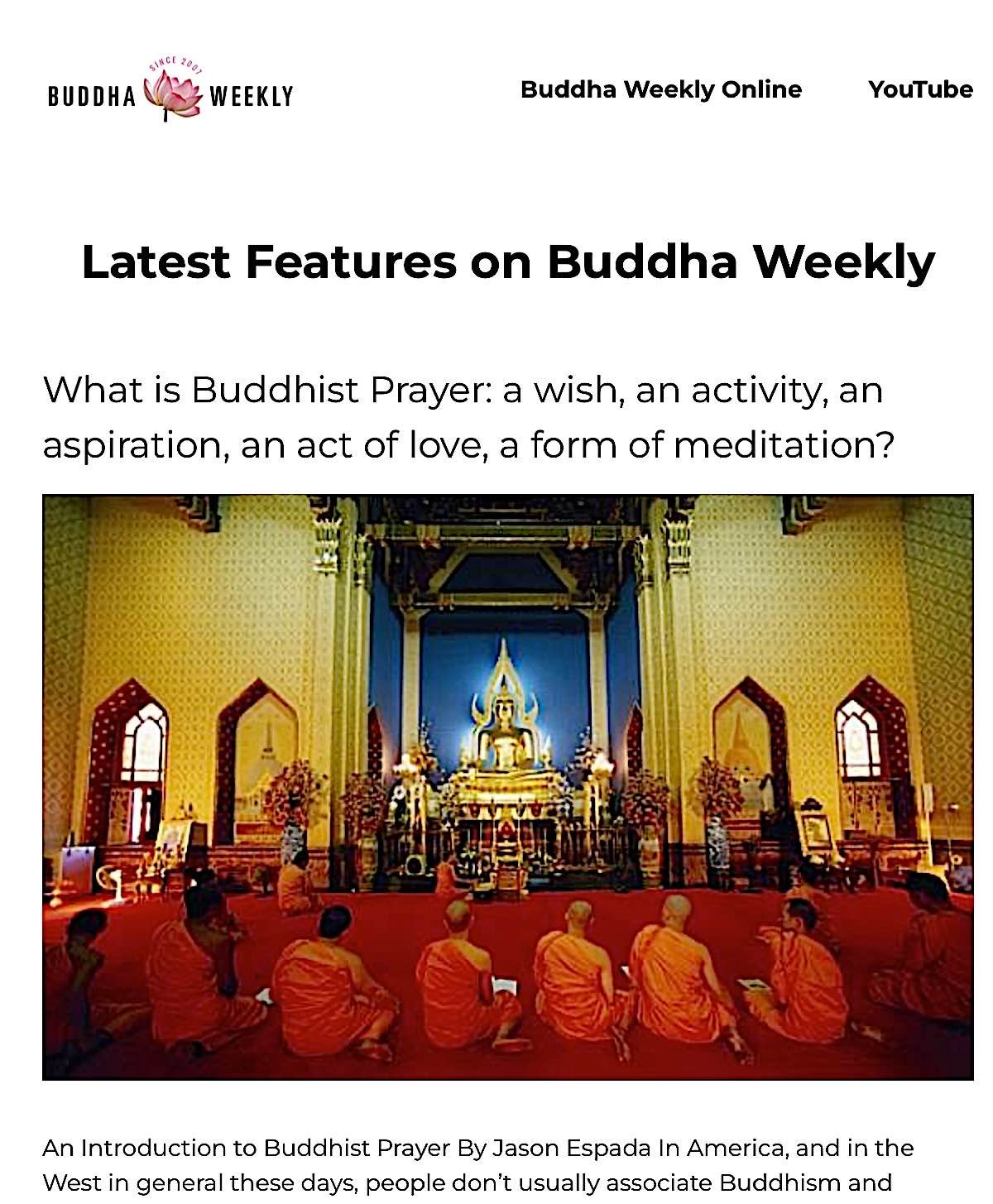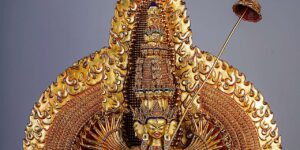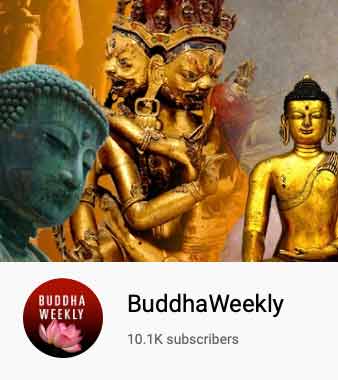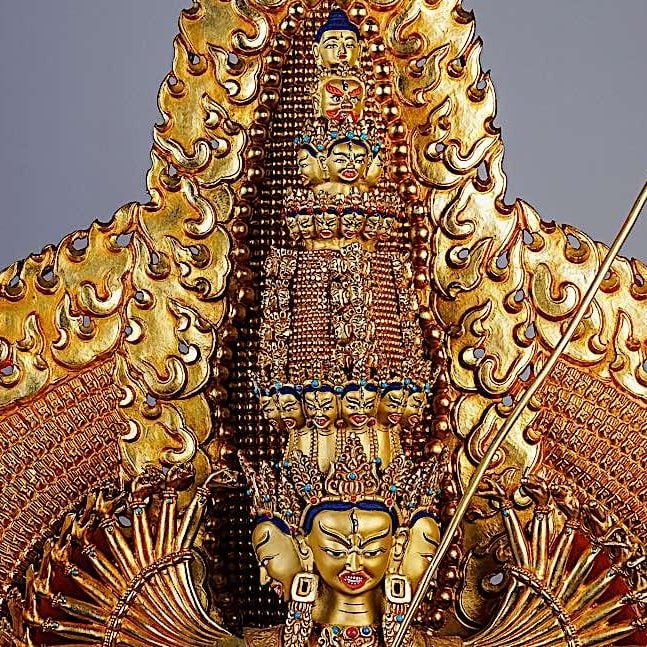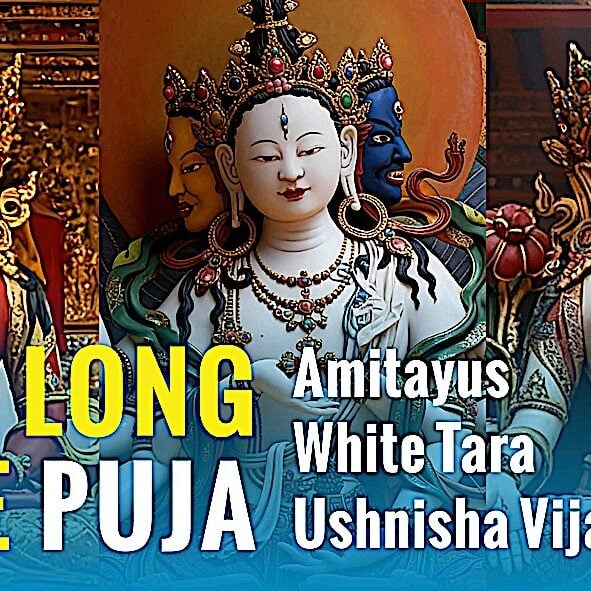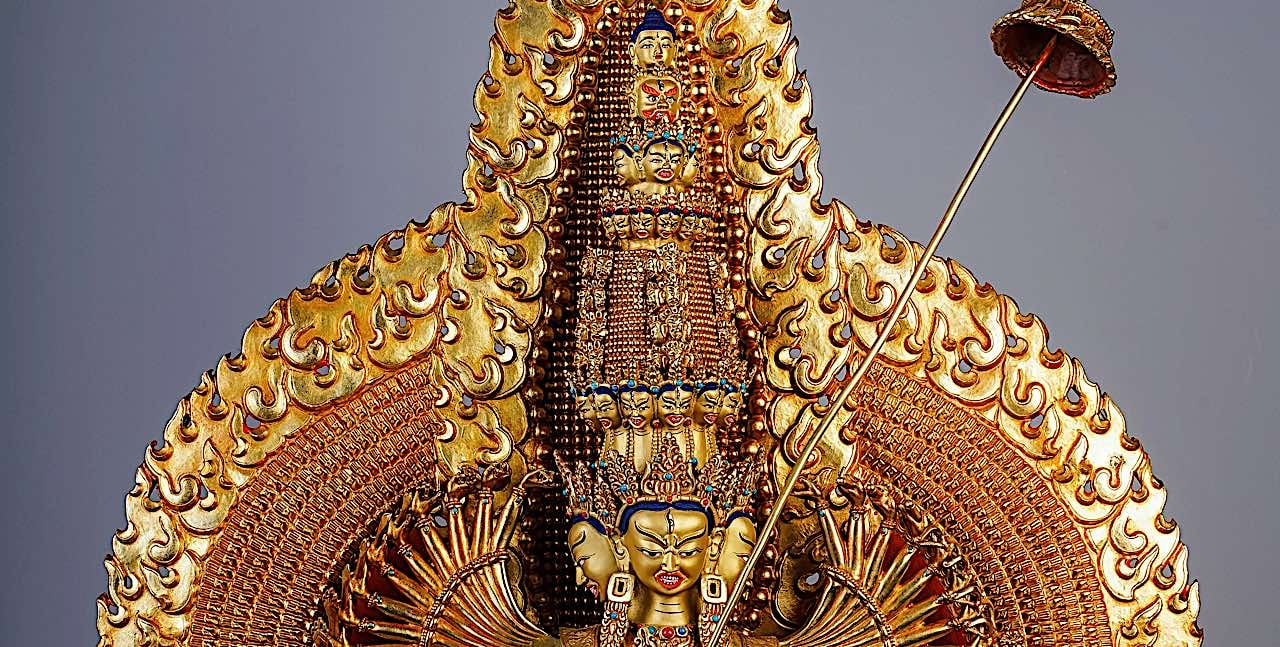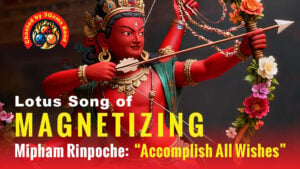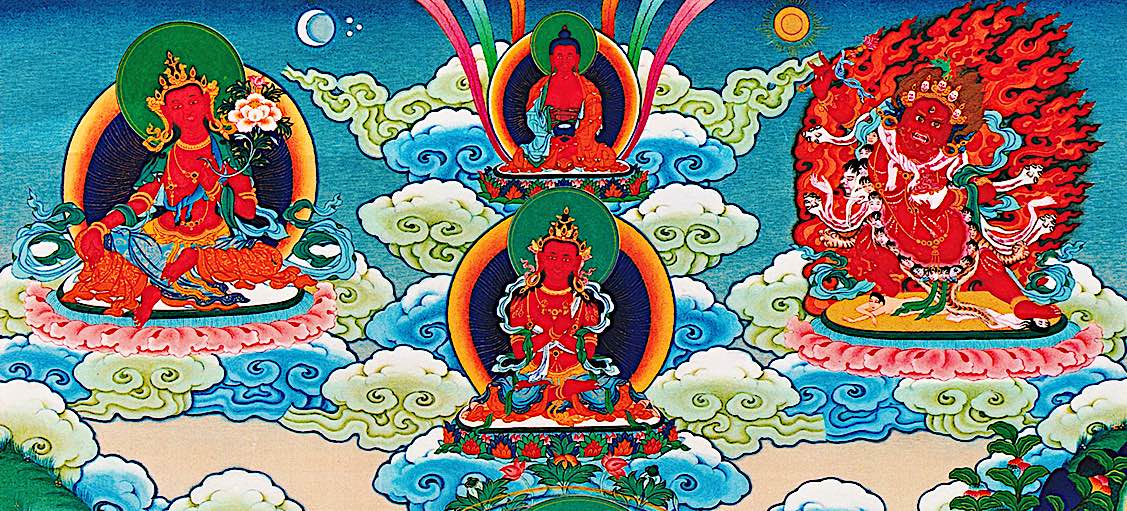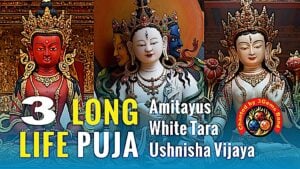Video: Hayagriva’s Powerful Mantra 1 Hour of Chanting: King of Protections, Mantra for troubled times
In difficult times of strife, war, hate, disease or disaster — or just when we need healing, protection or compassion — many Buddhist teachers recommend the powerful mantra of Hayagriva. Hayagriva is the wrathful emanation of Amitabha Buddha — compassionate activity that can overcome any negativity.
“Whoever, including even the insects, has heard the name and mantra of Hayagriva only one time will never again fall into the lower paths.” — Sutra of Forming Hayagriva
Video with full one hour of Hayagriva’s powerful mantra:
“In today’s age, it is a degenerate time where the five poisons and negative emotions are very strong. So we need a deity like Hayagriva to empower ourselves. Also negative influences today are so strong as well, like the coronavirus.” — Lama Jigme Rinpoche
Chant along for one hour, the powerful mantra in Sanskrit of the King of All Protections Hayagriva:
Om Hrih Padman Tatro Vajra Krodha Hayagriva Hulu Hulu Hum Phet (Pey)
Lama Jigme Rinpoche’s Commentary:
‘Om‘ is the Vajra Peak Tantra; it is most supreme, it is filled with wealth, treasure, auspiciousness, and prosperity. It is endowed with the aspect of fortune, promise, success, and it is the essence of holding a precious gem. Mantra translates:
‘Hrih‘ is Hayagriva’s own seed syllable put at the beginning of the mantra for invocation. Wisdom is also the syllable of ‘Hrih‘, which is the heart of Buddhahood.
‘Padma Tatro‘ is the “eliminating lotus”.
‘Vajra Krodha‘ is the wrathful Vajra.
‘Hulu Hulu‘ means strive, strive! ‘
Hum is the great bliss from the nature of the five wisdoms, in which the vowel U is demonstrated by the completeness of those five wisdoms.
‘Phet‘ means to cut down or to break.
More articles by this author
Search
Latest Features
Please support the "Spread the Dharma" mission as one of our heroic Dharma Supporting Members, or with a one-time donation.
Please Help Support the “Spread the Dharma” Mission!
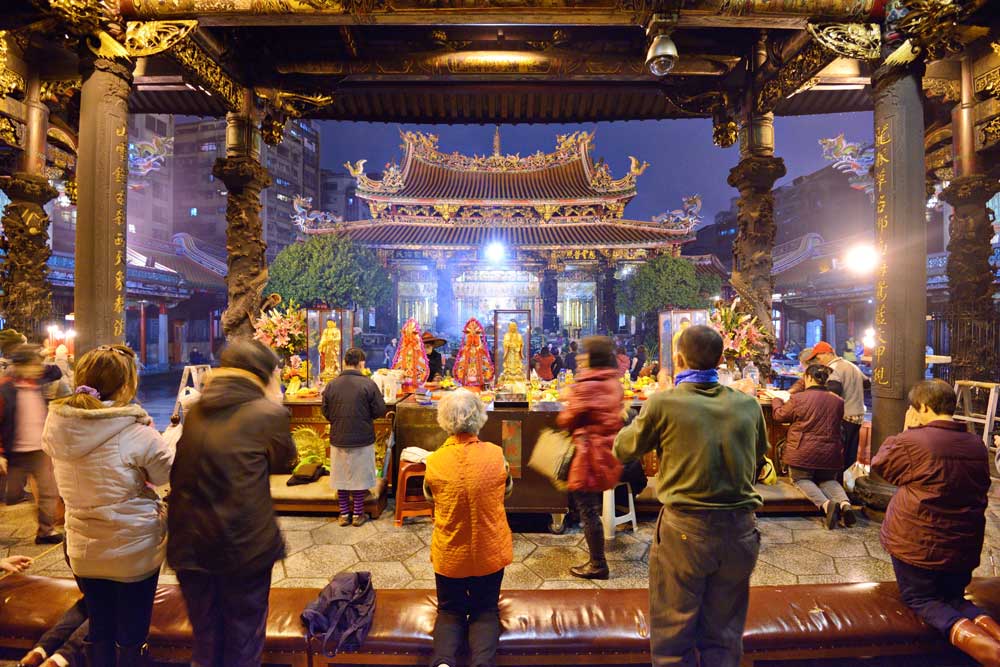
Be a part of the noble mission as a supporting member or a patron, or a volunteer contributor of content.
The power of Dharma to help sentient beings, in part, lies in ensuring access to Buddha’s precious Dharma — the mission of Buddha Weekly. We can’t do it without you!
A non-profit association since 2007, Buddha Weekly published many feature articles, videos, and, podcasts. Please consider supporting the mission to preserve and “Spread the Dharma." Your support as either a patron or a supporting member helps defray the high costs of producing quality Dharma content. Thank you! Learn more here, or become one of our super karma heroes on Patreon.
Lee Kane
Author | Buddha Weekly
Lee Kane is the editor of Buddha Weekly, since 2007. His main focuses as a writer are mindfulness techniques, meditation, Dharma and Sutra commentaries, Buddhist practices, international perspectives and traditions, Vajrayana, Mahayana, Zen. He also covers various events.
Lee also contributes as a writer to various other online magazines and blogs.
